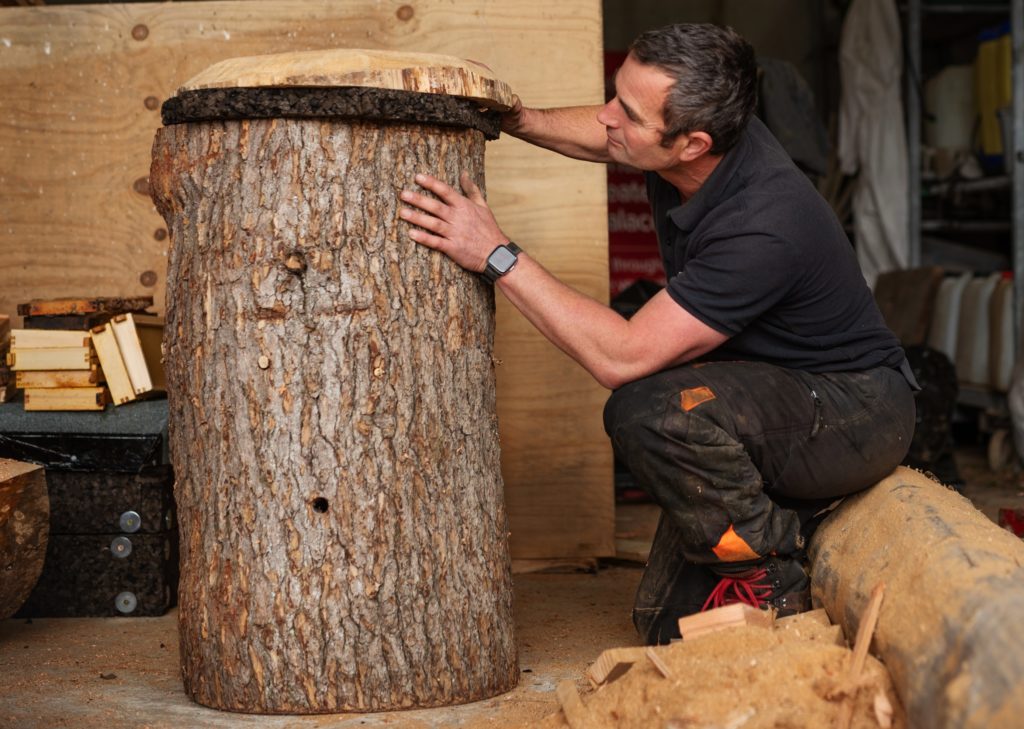Blenheim Estate is building its own natural hives to help protect dwindling colonies of wild bees on the 12,000-acre Oxfordshire estate.
Blenheim Estate’s Rural Team are creating the hives from wood from their timber stacks, many with rot or holes in, which mimic the types of sites wild bees would naturally choose to nest.
As a large estate, much of Blenheim’s woodland and grassland has remained relatively untouched for centuries.
This makes it a haven for native bee species, which can forage on the estate’s extensive natural flora and wildflowers.

“All bees are increasingly under threat; particularly our native species so providing these hives is really important to help support and protect them,” said Blenheim Estate’s Head Forester Nick Baimbridge.
“The incredibly rich mix of wildflowers and nectar-producing plants we have here on the estate means we are a haven for native bees and we’re incredibly fortunate to have a self-sustaining population.
“However as numbers elsewhere continue to plummet we want to do everything we can to not only protect our population but also to encourage it to grow,” he added.
The team will be putting the natural hives at key locations across the estate in areas where wild bees have been spotted.
According to a recent study published in Nature Communications, one-third of the UK’s wild bee population has disappeared over the past 30 years.
Causes for the sharp decline include climate change, habitat loss, intensive farming methods and a devastating new disease known as colony collapse disorder (CCD).
CCD is an abnormal phenomenon that occurs when the majority of worker bees in a honey bee colony disappear, leaving behind a queen, plenty of food, and a few nurse bees to care for the remaining immature bees.
“Creating the natural hives is part of our wider Land Strategy, which includes a commitment to recognise the concept of ‘Natural Capital’ and to be part of the first generation to leave its land in a better state than it was found,” said Blenheim Estates Director Roy Cox.
“Natural Capital is a radical new model, which assigns value and importance to precious resources, like good air, water, soil, woodland, green spaces and biodiversity, in order to promote the best long-term decisions.
“It is only by assigning real-world values to these precious resources that we can begin to truly recognise their importance.
“Fundamentally this is about how we can better manage our land for the long term benefit of the wider environment,” he added.